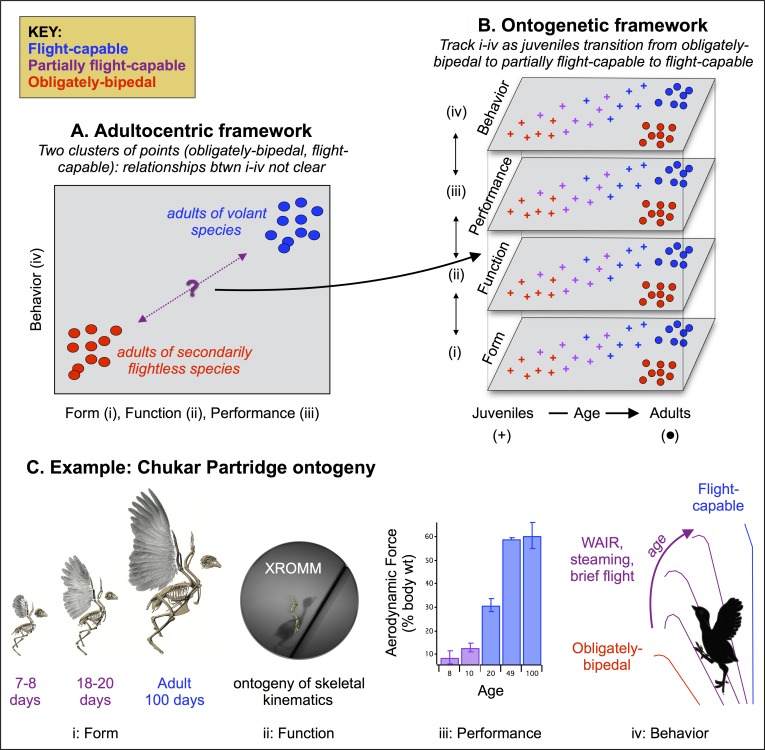Fig 2. Relationships between form, function, performance, and behavior.
Locomotor ontogeny provides key functional, ecological, and evolutionary insight into the avian body plan, by revealing how transitional, morphing anatomies function. (A) From a functional perspective, adult birds are the endpoints of an ontogenetic and evolutionary continuum and cannot clearly elucidate how specific morphological attributes affect to the ability to become airborne. Nearly all adult birds share a suite of specialized morphologies, are flight-capable or secondarily flightless, and may not provide enough variation in morphology and flight capacity to expose relationships between these two variables (though adult birds of some species fly poorly [62], they have not been studied). In a traditional, adultocentric framework that perceives many morphological features as aptations for aerial locomotion, most relationships between form and locomotor function are therefore assumed rather than empirically tested. (B) Juvenile birds have rudimentary locomotor structures, and engage in pre-flight flapping behaviors as they morph into adulthood and acquire flight capacity. Though poorly studied [7,57], morphing juveniles fill a longstanding gap in knowledge and help clarify functional attributes of the avian body plan. By revealing form-function relationships that underlie obligately-bipedal to flight-capable transitions (i-iv), and thereby establishing how features are related to flight, developing birds can provide key insight into locomotor aptations. (C) For example, previous work has shown that juvenile chukars with rudimentary flight apparatuses (image i) transition from leg- to wing-based modes of locomotion by using their legs and wings cooperatively, and generating small but important amounts of aerodynamic force (iii, data from [18]) that increase throughout ontogeny and allow birds to flap-run up steeper obstacles and eventually fly (iv, data from [20,53,55,61]). Here, we quantify the ontogeny of skeletal kinematics (ii), to better understand relationships between form, function, performance, and behavior. Image i in (C) reprinted from [10] under a CC BY license, with permission from Cell Press, original copyright 2012.

